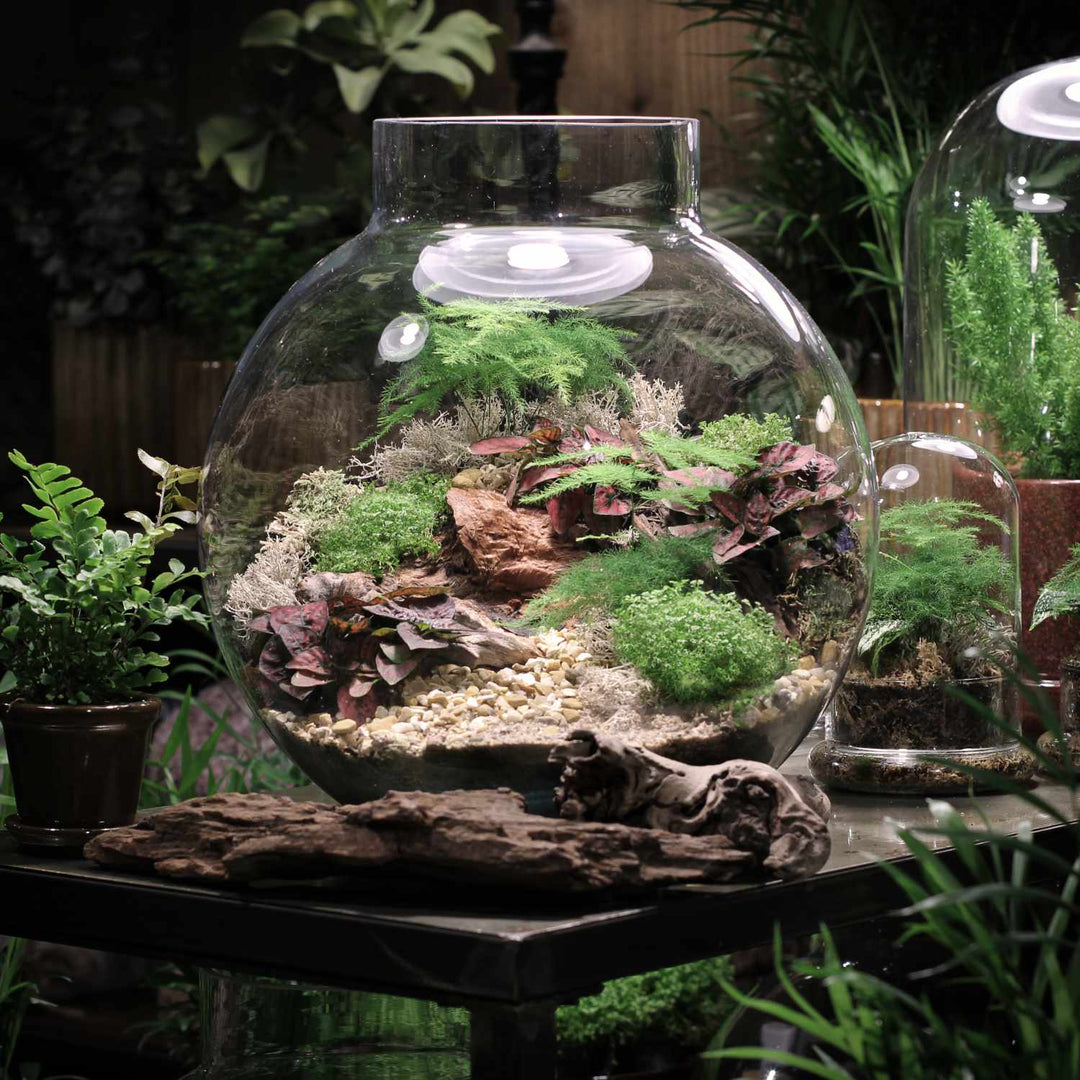How to Prune Roses
Pruning roses is essential for strong growth, maintaining appearance and encouraging plentiful blooms. Late winter (February/March) is the best time for all rose types except for rambling roses and some shrub roses; these should be pruned in late summer after flowering.
General rose pruning tips include:
- Use clean sharp secateurs and sloped cuts no more than 5 mm (0.2 inches) above a healthy bud
- Remove any dead, diseased or damaged growth
- Remove any stubby snags with no growth
- Remove suckers that are growing from below the graft union by pruning them right back to the rootstock or by pulling them off
Different types of roses require certain methods of pruning. Read on to find out specific tips applicable to the rose in your garden.
Shrub Roses
Shrub roses generally flower on old wood so only require light pruning. Those that produce a single flush of flowers should be pruned lightly in late summer after blooms have faded. Shrub roses that have more than one flush of flowers should be pruned in late winter, by removing a third of the previous years’ growth to an outward bud for an open centred shape. Remove a couple of the oldest stems and cut out any stems that are spoiling the desired shape.
Bush Roses (Hybrid Tea or Floribunda)
Bush roses include hybrid tea, that produce single flowers, and floribunda that produce clusters of flowers. Prune all young green stems down to four buds on hybrid tea roses, and down to six buds on floribunda roses. Remove a couple of the oldest stems.
Climbing Roses
Climbing roses can be distinguished from rambling by the fact they repeat-flower throughout summer. If your climbing rose has one thick stem, shorten by one third. If it is multi-stemmed, remove one or two of the oldest. Prune flowered side shoots by two thirds, back to a healthy bud. With the rose not currently in leaf, now is a good opportunity to tie in any shoots to encourage the rose to take the form you wish.
Rambling Roses
Once flowering rambling roses should be pruned after flowering in summer. Remove one in three of the oldest stems, prune all flowered stems, shorten side shoots by one third, and tie new shoots in place.
When and How Plant Bare Root Roses
Bare root roses are sold between November and March and should be planted in late autumn or late winter / early spring, avoiding frozen ground. To plant a bare root rose, follow the steps below:
- Soak the rose for two hours to rehydrate the roots.
- Dig a hole plenty large enough for the roots, whether that be in the ground or suitable pot.
- Sprinkle mycorrhizal fungi over the roots and in the hole to help the roots to establish.
- Fill in the hole, ensuring the graft union is either at the soil level, or below if you’re concerned about frosts.
- Firm in and water well.
Aftercare tips
Feed your rose after planting or pruning to give a boost of nutrients for healthy growth. We recommend After Plant Rose Food, which provides essential nutrients, mycorrhizal fungi and beneficial bacteria to support growth and encourage flowering. Between March and May, water newly planted roses every two to three days, and established ones once a week. Water new roses every other day between June and September, and established roses once a week, unless in extreme heat then increase watering frequency. Always collect any fallen leaves and bin them, to avoid the spread of fungal spores such as blackspot.
Trevenson’s Top Three Roses
To get you started on choosing a rose, here are three varieties that we recommend for their individual characteristics.
Remember Me: A lightly scented hybrid tea rose that blooms large deep copper-coloured flowers and has dark green glossy foliage. Has a spread of 60 cm and a height of 90 cm. Bushy growth ideal for growing in a pot or for using as cut flowers.
Blue For You: A semi-double flower floribunda rose that produces purple-mauve moderately scented blooms and medium green, semi-glossy foliage. Reaches a spread of 80 cm and a height of 90 cm. Suitable for borders or containers.
Duchess of Cornwall: A strongly scented hybrid tea rose that has orange/pink flowers and glossy, dark green foliage. Has a spread of 60 cm and a height of 120 cm. Makes an attractive feature plant, is suitable for a pot, or can be used for cut flowers.
Find these varieties and many more in our Cornwall store.







